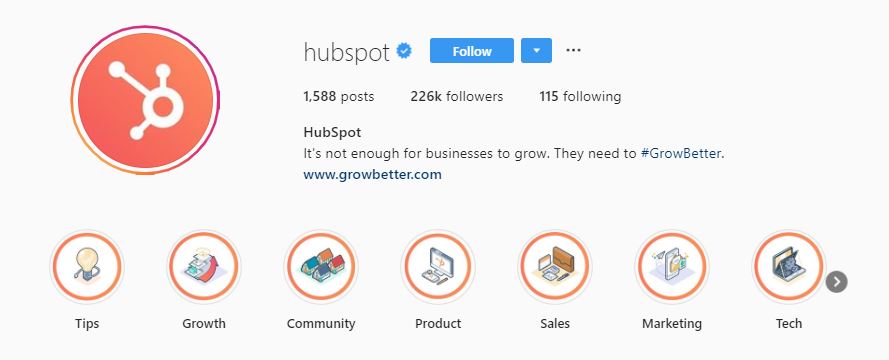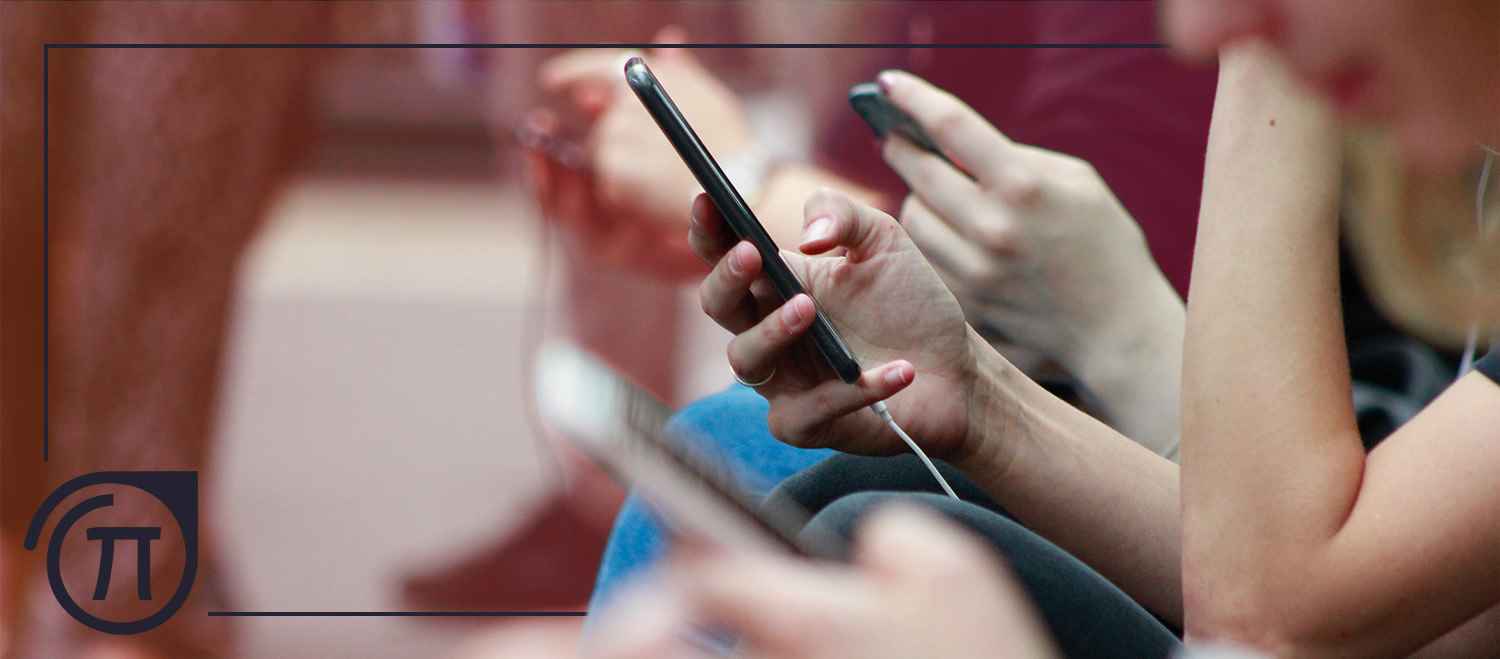What you should expect in terms of engagement and why vanity metrics are so rampant.
Social Media B2b
Recently, some Paranoid Internet team members participated in a webinar called, “The Importance of Storytelling within Social Media’ put on by MyNewsDesk, with invited guest Jonna Ekman, Marketing Director of Storykit. MyNewsDesk Content Manager Chris Van Mossevelde led the conversation with the help of his colleague and Social Media Manager, Amanda Lundin.
After some of the typical chatter about creating meaningful, interesting stories to generate real engagement and so forth, there were a few comments that broke through the classic format of these teaching sessions and hit on something that I believe a lot of marketers have been very aware of for the past few years. It isn’t just the algorithm we are up against, nor presenting a perfectly executed, click-worthy story; the simple fact is that engagement is down. To put this into perspective, let’s consider some recent numbers from Fronetics. 52% of marketers saw their reach on Facebook slump in the past year, while another 23% were not entirely sure if it had or not. In spite of this, an alarming 91% of B2B social media marketers are still using Facebook. Another pressing issue is that we need to stop seeking the same results from B2B as we would from B2C.
Another wonderful point brought up by Ekman is to view social media B2B marketing as still B2H, or business to human. A report from IDG noted that 84% of C-level and VP-level buyers are influenced by social media when making their purchases. At the other end of the screen in the B2B sector is an actual person making purchasing decisions for a business, and this person is still motivated by human incentives. In addition, these human decision-makers in companies often require some social proof in order to make important purchases, and social media gives just that. Also when it comes to research, 55% say they turn to social media for more information.
As marketers, I think a lot of the time we get caught up in using metrics, such as shares and likes to connote that we did a good job. We present to clients these KPIs that show exactly where our time and ad budget went, but it doesn’t always mean we reached their target segment or the ad budget was spent effectively.

One of the most difficult tasks of a social media marketer, aside from creating valuable content, is explaining to clients or even higher level executives the importance of the immeasurable.
I implore the readers of this blog to think about how often on Instagram you hit the save button but not the like button? When was the last time someone shared an article you found interesting on Twitter and actually clicked retweet?
The way in which we are engaging with social is changing, and there needs to be a shift in the industry for what constitutes a job well done.
Social Media for B2B Stats
- 46% of B2B Marketers say they are not sure whether any social channels have generated business revenue
- Consumers say that social media plays almost as big a role in purchasing decisions as does television
- Asked how effectively they believe social media is linked to their firm’s marketing strategy, 59.5% of CMOs were neutral or negative, while just 40.5% believed it is linked very or somewhat effectively. 45% said they haven’t been able to show social media’s impact on their companies’ performance at all. A mere 13.2% believe they have proved the impact quantitatively
- Engagement is still the most commonly used metric. 80% of marketers use engagement as their primary success metric, 56% focus on site traffic
- 60% of marketers see ‘measuring ROI’ as one of their top three social media marketing challenges. 50% say ‘tying social media activities to business outcomes’
- Website traffic and “vanity metrics” (friends, followers, “likes”) are the most common metrics marketers use to measure the business impact of social media. Just 14% tie social media to sales levels
Hubspot Case Study
Just to have a little fun, I thought an interesting case study for B2B marketers would be to take a look at HubSpot’s Instagram. While the widely used developer and marketer of software products for inbound sales and marketing often releases blog articles with titles like, Powering Up Your Social Media Engagement or Social Media Marketing: The Ultimate Guide, they themselves have relatively low engagement on their own Instagram account.

As you can see from the image below, even though they 226,000 followers, one of their recent pictures received just 3 comments and under 400 likes.

On average, each of their pictures, mostly inspirational sentences with branded background colors receive about 1,000 likes and 15 comments.
What Should We Do Next?
As social media for B2B marketers, the only way to proceed is to remain practical. The advice I have is simple: take a hard look at everything you are doing and stop trying to do everything. At Paranoid Internet, we pride ourselves on producing quality social media strategies for B2B that avoids phony marketing tricks and fluff numbers. Contact us to find out more.
For more tips from the Paranoid Internet team, be sure to check out our blog post on performance marketing.


